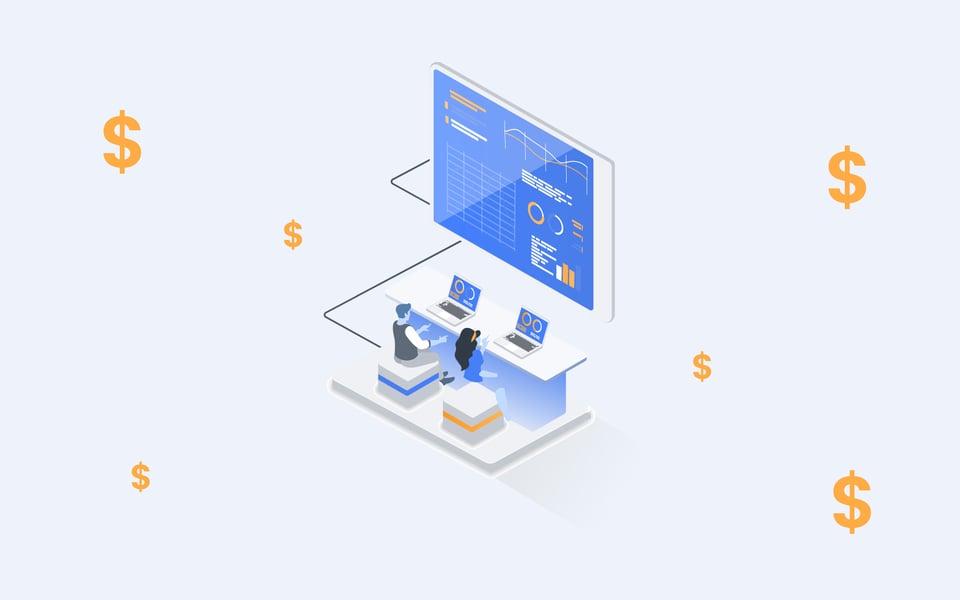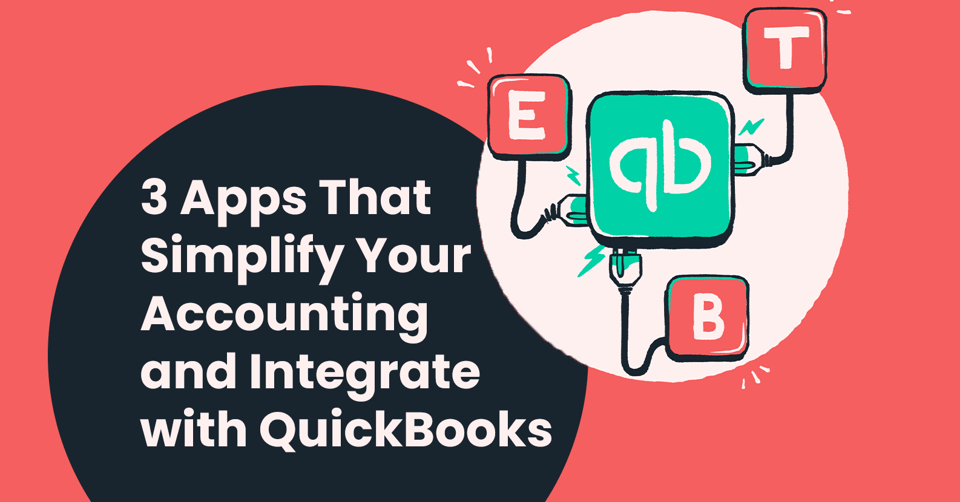1. Cloud Integration
As legacy systems face a growing number of limitations and weak points, the transition to application programming interfaces is a natural next step. Integrating data with the cloud is the first step toward replacing outdated and clunky systems.
As companies utilize more and more technologies to aid in operations at every level of the business, the need for interoperability takes center stage. They save time, money, and resources when different providers play well together, whether it’s a new system or one that’s been in place for years.
Cloud-based systems improve high-level decision-making by providing easy access to relevant and real-time data. With a web-based service, the entire organization has easier access to this data, so leadership can more efficiently streamline production and delivery.
Productivity also increases as you avoid bottlenecks in business operations and solve multiple issues at the same time with multipurpose software designed to seamlessly integrate into existing systems.
It’s something that outsourced CFO services have already committed themselves to because it creates a single source of truth for financial reporting and forecasting. Systems communicating easily together will serve to reduce the number of mistakes and errors across the organization as well, another advantage of cutting-edge stack integration through cloud utilization.
2. Increased Use of Artificial Intelligence
In recent years, artificial intelligence (AI) has been making headlines more and more often. From chatbots and automated customer service to art rendered from a text prompt, the technology has a wide array of applications.
When it comes to the accounting process, automation capabilities can improve productivity and efficiency in day-to-day operations. By automating time-consuming tasks such as data entry, a company can instantly save time and eliminate human error.
Just look at virtual CFO services. Leveraging AI to expedite appropriate processes takes the burden off staff and allows team members to focus on higher-value aspects of their jobs, such as customer satisfaction.
AI also improves data visibility across the organization, meaning that anyone who needs access can view the information and account details in real time. This leads to more transparency and allows for better flexibility when dealing with unexpected hiccups.
Plus, when it comes to crunching numbers, AI can analyze large chunks of data in the blink of an eye. That makes it easier to accurately predict future expectations and discover unseen risks before they become a problem.
3. Digital-Only Banking
The last few years have presented unprecedented challenges that have rippled across the world. And now, as we currently face harsher economic conditions and the potential for recession looms, banks have already begun to brace for the worst.
Inflation rates are on the rise, and with it, so is the number of people who need help adjusting to the new financial reality. As this need surges, it only further increases the urgency to go digital and offer services that help people prepare for uncertainty.
Budget planners, expense trackers, and other tools are being implemented that encourage healthier financial habits and promote financial well-being. Additional features, such as real-time notifications, also keep people informed as changes take place, so they can be better informed and use that info to make better spending decisions.
Digital banks often have other advantages over their traditional counterparts as well, such as lower maintenance fees, reduced ATM charges, and higher interest rates for saving accounts.
4. SaaS Platforms
Software as a service (SaaS) refers to software that’s hosted in the cloud and can be accessed remotely from anywhere that has internet access. For financial businesses, this can be incredibly beneficial and provide advantages over traditional in-house solutions.
Because a SaaS solution is managed by a third-party provider, a company doesn’t need to spend money on expensive software licenses that might include features they don’t even need. Simply pay for the service you need and immediately gain access to the service. Many services don’t even demand a restrictive contract, so businesses can choose a month-to-month subscription or per-project model.
Another benefit of third-party management is that a company saves money on hardware and IT due to maintenance being the responsibility of the service provider. Those funds are free to then be reallocated to a more efficient area of the budget where they can have a big impact.
Dealing with seasonal demand or strict budget constraints? SaaS is there to fill the gaps where employees usually sit, providing service tailored to your current and future needs. What about scaling up or unexpected downsizing? Easily log into your account and update the level of service you need, and the partnering SaaS team will ensure a seamless transition throughout the process.
Transform Corporate Finances with the Latest Technology
In an increasingly digital world, new and emerging technologies will likely play a larger and larger role in business operations. As new challenges and obstacles appear, turn your focus to the things that matter most and leave other day-to-day tasks to science and technology.
Turning to trusted technological advancements is a surefire way to cut costs, improve productivity, remove redundancies, and create transparency with real-time data access. Ready to use this to your advantage? Learn how you can accelerate your profit and grow your business with Ignite Spot’s outsourced CFO services.













.png)


